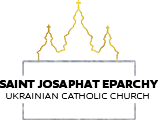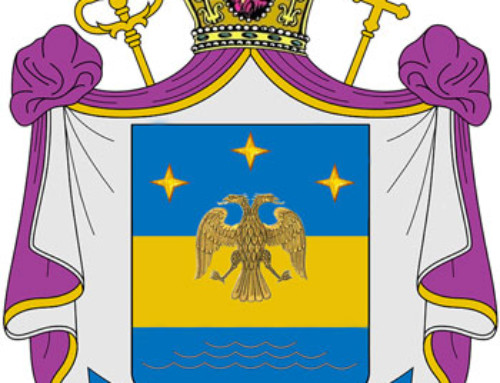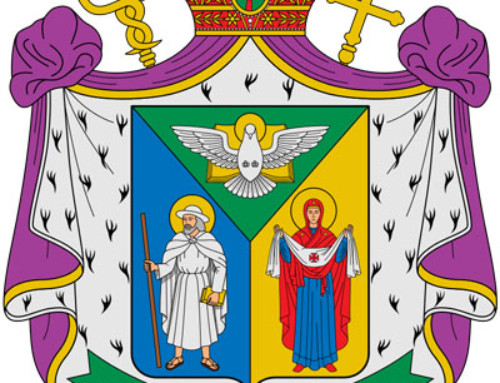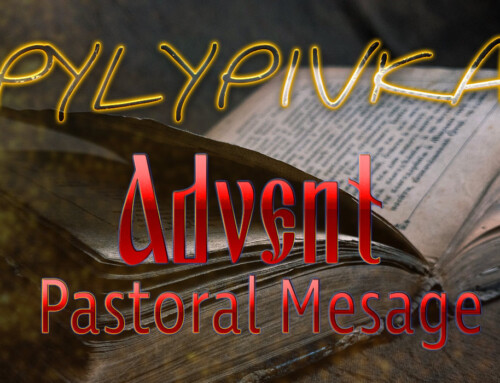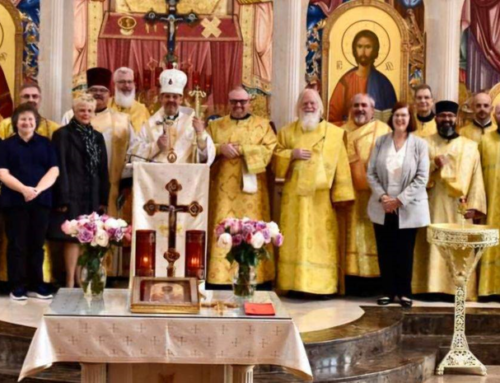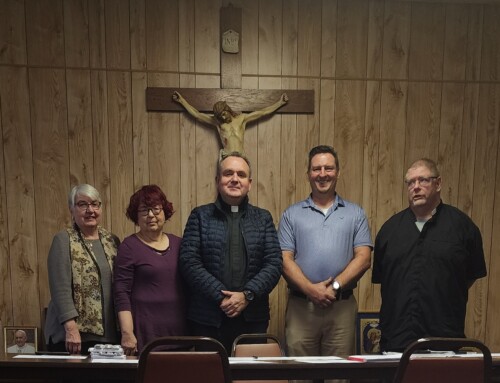# 4 The Penitential Rite
Because of the way in which our Liturgy has evolved to this day, with the adding of prayers and the relegating of many of them to being said silently (even though it was a civil crime for a cleric to say any of the prayers in the Liturgy silently), most of us do not recognize the penitential rite. In the great prayer being said silently by the priest upon entering the sanctuary, after praising God who abides in the holy, he refers to the angels just mentioned in the entrance prayer. Then he reviews the creation of humanity in the image and likeness of God, who is ready to grant wisdom and understanding to all who seek it. Then he prays, “You do not turn your face from the sinner, but offer repentance as a way to salvation . . . Forgive us all our offences, voluntary and involuntary. Sanctify our souls and bodies, and grant that we may serve you in holiness all the days of our lives.” Today, as the priest nears the end of the prayer, the deacon intones, “Bless, Master, the time of the Trisagion” and the priest voices the concluding doxology for the prayer. At one time the deacon’s line, like the routine “Let us pray to the Lord,” may have been said before the prayer began, and signaled it. Today the trisagion is then sung, except on the major feasts when, at one time, baptism was administered: Christmas, Theophany, the Saturday of Lazarus (but not Palm Sunday), Pascha and Pentecost. On these days, when the waters of baptism would wash away all sin, the power of that Mystery was recognized by replacing the usual penitential trisagion and its cry for mercy with the baptismal anthem taken from St. Paul’s letter to the Galatians 3:27, “All you who have been baptized into Christ have put on Christ!” with its exuberant Alleluia. Again, with very few historical records, it is extremely difficult to reconstruct the development of the Byzantine Liturgy in the first centuries.
# 4 Чин Покаяння
У зв’язку з тим, як наша Літургія розвивалася до сьогодні з додаванням молитов і промовлянням багатьох з них тихим способом (хоча промовляння молитов духовною особою під час Літургії тихим способом вважалося злочином), більшість з нас не впізнають чину покаяння. У великій молитві, яку мовчки промовляв священик при вході до святилища, після молитви прослави Бога, який перебуває у святилищі, він звертається до ангелів щойно згаданих у молитві входу. Потім він згадує створення людини на образ і подобу Бога, який обдаровує мудрістю і розумінням всіх тих, хто її шукає. Потім він молиться: «Не відверни свого обличчя від грішника, але даруй йому покаяння, як шлях до спасіння. Прости нам всі наші гріхи, вільні і невільні. Освяти наші душі і тіла, та подай нам ласку служити тобі у святості усі дні нашого життя.” Сьогодні, коли священик завершує молитви, диякон виголошує: “Благослови, Владико час Трисвятого” і священик завершує славослов’я для молитви. Свого часу диякон, звичайно виголошував: “Господу помолімся” перед початком молитви, даючи це зрозуміти. Сьогодні Трисвяте співається, за винятком головних свят, коли хрещення уділялося: на Різдво, Богоявлення, у Лазареву суботу (але не у Вербну неділю), на Великдень і П’ятидесятницю. У ці дні, коли води хрещення змивали усі гріхи, сила цієї Таємниці була визнана шляхом заміни звичайного покаянного Трисвятого і його проханням про помилування гимном хрещення, взятого з листа апостола Павла до Галатів 3:27: “Всі, ви, що в Христа хрестилися, у Христа зодягнулися!” з урочистим: Алилуя. Знову ж таки, через малу кількість історичних документів, надзвичайно важко відновити розвиток візантійської Літургії протягом перших століть.
